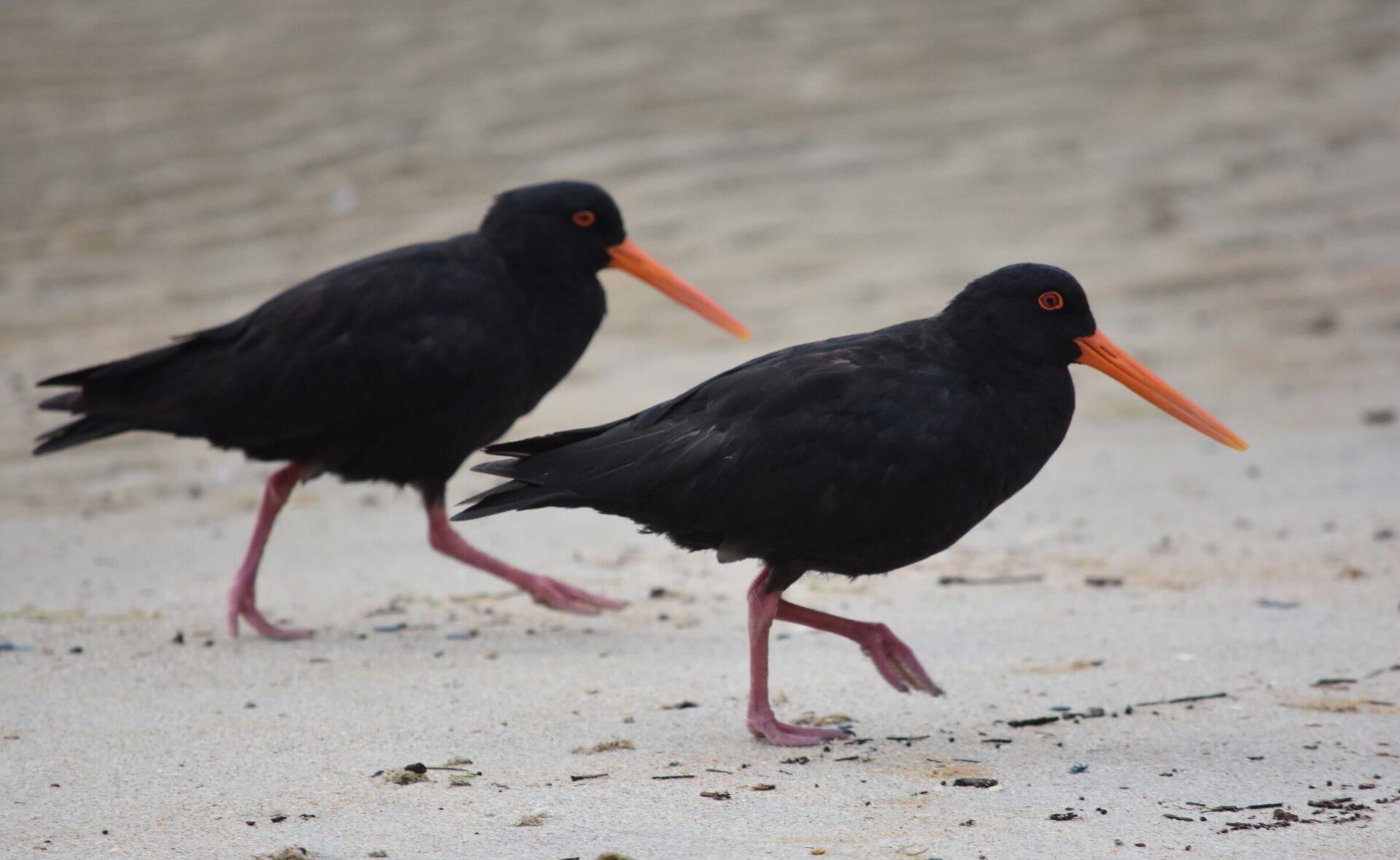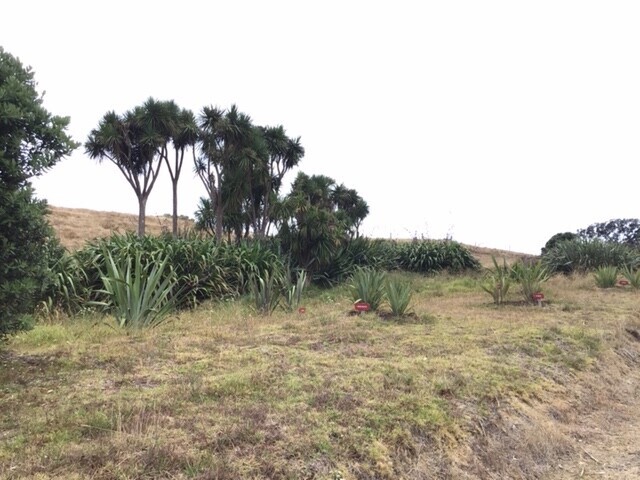With the help of the Kuaotunu and Otama communities an area on the demain at Otama has been cleared of agapanthus and blackberry and has been replanted with various varieties of heritage Harakeke to establish a Pa Harakeke – a flax plantation which will be utilised by local weavers.
Harakeke is the Maori name for swamp flax, the species Phormium Tenex. Heritage varieties of Harakeke were donated by the Auckland Botanical Gardens and include Meneene, Ngaro, Te Mata, Makaweroa, Mawaru and Raumoa.
These flaxes are all part of Te Kohinga Harakeke o Aotearoa, the National New Zealand Flax Collection. Each flax has a record for the region that they are originally from and what they are best used for. We plan to plant more varieties from this collection this winter. There are more that 70 different varieties of Harakeke with varying uses from weaving baskets, containers and mats to utilising the strong fibre muka to make fishing nets, traps, rope, cloaks and footwear.
Volunteers helped plant and mulch the Harakeke back in September 2018. Local trained weavers are tending the plants as they require regular maintenance and need to be cut back carefully to keep the plants healthy. Many thanks to Lizzie Leckie who teaches the art of weaving, for her assistance with this project.
These plants attract native birds in Spring particularly Tuis who feed on the nectar of its tube-like flowers aiding the production of Harakeke seeds in their distinctive long pods. This native plant is important to help protect the environment and restore plant biodiversity. It was once widespread but has been reduced by the drainage of wetlands and the clearing of land for farming and housing.
Harakeke is symbolic in Maori culture, often used as a metaphor of family relationships. “Kua tupu te pa harakeke” literally means the flax plantation is growing but metaphorically means that the family is being well raised.
As a community we are proud of the establishment of this Pa Harakeke on public land and acknowledge its historical connection to Ngati Hei on this historic Waiotapu site.

